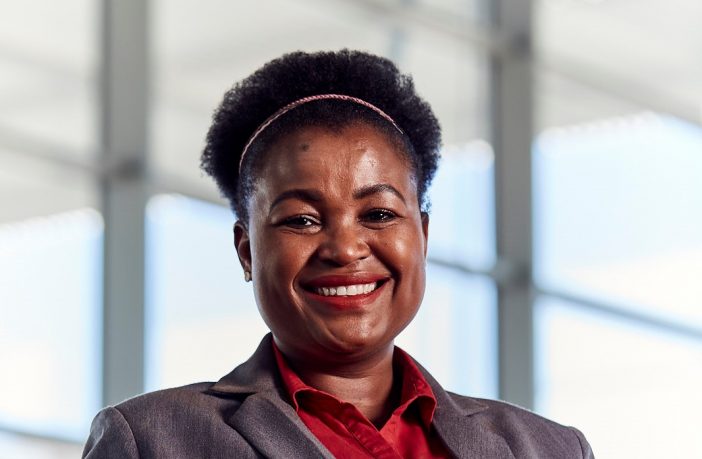Opinion
Ahead of the 2021 United Nations Framework Convention on Climate Change (UNFCCC) 26th Conference of Parties, referred to as COP26, South Africa Wind Energy Association (SAWEA) has unpacked the role of renewable energy, as South Africa prepares for a net zero carbon economy.
“South Africa’s Low Emission Development Strategy, backed by President Ramaphosa, was formulated last year and commits to moving towards a goal of net zero carbon emissions by 2050, which will require various interventions to reduce greenhouse gas emissions,” explained Ntombifuthi Ntuli, CEO of SAWEA.
President Ramaphosa reaffirmed this commitment in his recent SONA, stating that Eskom, which is the country’s largest greenhouse gas emitter, has committed in principle to net zero emissions and to increase its renewable capacity. This was followed by the presidential co-ordinating commission on climate change meeting for the first time, last month, to work on a plan for a just transition to a low-carbon economy and climate resilient society.
“The energy sector contributes close to 80% towards the country’s total greenhouse gas emissions (GHG) of which 50% are from electricity generation and liquid fuel production alone, hence investments in renewable energy, energy efficiency and public transport, in line with the country’s energy roadmap, the Integrated Resource Plan (IRP) 2019, is the key to reducing GHG emissions,” added Ntuli.
Wind energy is given the opportunity to play a leading role, and it is widely agreed that the country, as well as its economy and workforce will benefit from a net zero future. This is easy to understand considering that the installed capacity of 3.3 GW of wind power has reduced carbon emissions by 28.8 Mt CO2 to date.
It is no surprise then, that the increase in renewable energy capacity has been prioritised in the country’s key planning documents, starting with the National Development Plan which commits to the procurement of 30GW of renewable energy by 2030, supported by the IRP2019, which commits to the procurement of 14.4 GW of wind by 2030.
This commitment is further supported by the Economic Reconstruction & Recovery Plan, which outlines a plan to accelerate the implementation of the IRP 2019 to provide a substantial increase in the contribution of renewable energy sources, battery storage and gas technologies. This economic recovery plan will ensure that South Africa rapidly achieves decarbonisation of its power system over the next decade and beyond.
A Case for a Net Zero Carbon Economy
“We know that the key consideration for achieving net zero emissions by 2050 is that this massive transition of the electricity sector will reduce the country’s demand for coal resources. The need to shift from a carbon intensive power system to sustainable power generation coincides well with the end of life of the ageing coal power fleet, rendering this transition process a natural and gradual one,” added Ntuli.
In the long term, decommissioning of coal plants will increase gradually as they reach end of life. The IRP stipulates a plan to decommissioning of 11000 MW of coal by 2030, with a further 24 100 MW of coal power expected to be decommissioned between 2030 and 2050. This capacity will be replaced by a combination of wind, solar PV, battery storage and gas.
Although the published IRP 2019 goes up to 2030, it is assumed that wind power will constitute an even bigger share of new generation capacity beyond 2030, as the first wind farms will commence decommissioning from 2034 onward, this will create a capacity gap that will be closed by building more wind power capacity. This transition project should result in a total emission reduction budget for the entire electricity sector up to 2050 of 5 470 Mt CO2 cumulatively, according to the IRP 2019.
SAWEA views South Africa an ideal case study for large scale deployment of renewable energy and wind power in particular, on the African Continent.
“We demonstrate that with the right combination of policy instruments, a country can successfully develop energy infrastructure and drive economic growth that includes domestic and foreign investment, socio economic development and job creation, all whilst driving down the price of electricity and reducing GHG emissions,” concluded Ntuli.
Author: GBA News Desk
Source: SAWEA
Disclaimer: The articles expressed in this publication are those of the authors. They do not purport to reflect the opinions or views of Green Building Africa, our staff or our advertisers. The designations employed in this publication and the presentation of material therein do not imply the expression of any opinion whatsoever on the part Green Building Africa concerning the legal status of any country, area or territory or of its authorities.















